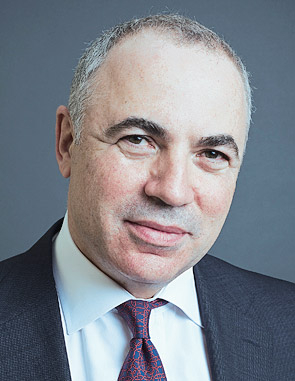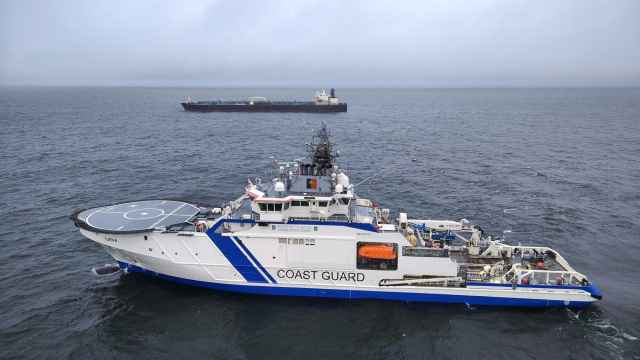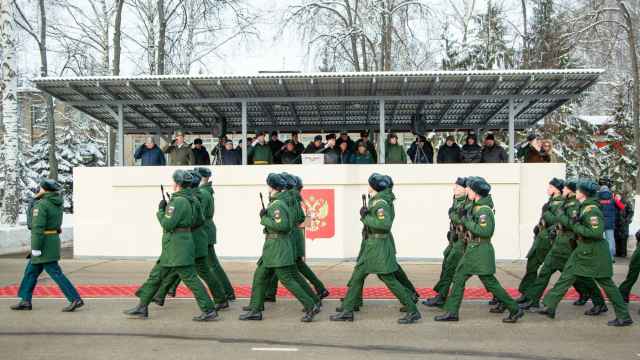
Felix Kugel
Vice-president & Managing Director
ManpowerGroup Russia & CIS
Success in today's hyper-competitive global economy requires a clear vision of where a company wants to go, the strategy to take it there and the value it delivers. To achieve that success, a company must apply the same rigor in developing a workforce strategy as it does in creating a business strategy.
In the changing world of work, the one constant is the need for an exceptional workforce. This is regardless of the economic environment, your industry or geography, your size or your earnings. This strategy requires a comprehensive understanding of how complex trends and shifting business realities will impact your business — now and in the future. Increasingly, the demands and composition of the workforce are shifting in response to economic, social, political and demographic trends. The need for more specific skills is creating a growing talent mismatch and scarcity of ready-now leaders. Multiple generations and cultures in the workplace have resulted in changes in motivations and preferences — profoundly impacting individual choice. Technological developments allow for new ways of getting work done. It has never been more challenging to manage your workforce effectively.
Despite their varied implications, these trends revolve around one central theme: the need to empower the right people, in the right places, in the right ways. This requires a sustained commitment to, and a strategic investment in, talent. The company that pays the most attention to this will win.
Your talent assets need to be managed as aggressively as the fine-tuning you apply to other organizational assets. Everything else fails if you don't have the right talent in place.
This requires an alignment of workforce strategy with business goals. Talent is the number-one impediment or success factor to executing your business plan. To navigate an effective workforce strategy, senior leadership must first identify and gain alignment around top workforce priorities. In this context, leadership needs to hone in on the needs and supporting practices for critical dimensions required for the workforce to perform at optimum levels. Such dimensions include:
Strategy: The overall purpose, strategic intent and expected business outcomes of an organization.
Flexibility: The ability of the organization to manage its fixed and variable costs for the highest possible return on human and financial resources.
Culture: The daily expression of an organization's values, behaviors, mindset and tone.
Leadership: The values, behaviors, mindset and tone set by those responsible for driving the culture, performance and execution of the business strategy.
Engagement: The values, behaviors and activities that motivate the workforce to exert greater discretionary effort in the performance of their responsibilities.
Capability: The skills, abilities, characteristics and resources to deliver on the business strategy.
Why make the investment? Building an exceptional workforce will drive higher levels of performance and will positively impact your organization's ability to deliver on its business strategy. Investing in this process up front will identify constraints and accelerators to organizational performance — top strengths to leverage and top priorities to fund and why. Furthermore, it will increase executive alignment across functions and geographies, while also aligning talent initiatives to business goals, whether they are related to globalization, growth, productivity or even the brand.
Architecting Workforce Strategy
It all starts with assessing the strengths and gaps of existing talent and business capability, balanced against what is needed to fulfill the business objectives today and in the future. To achieve this, we recommend a five-step process:
1. Engage Senior Leaders
The first step in the process involves a conversation with senior leaders to better understand the business context and the need for alignment around the top workforce priorities. During this discussion it is important to understand the organization's goals and identify all stakeholders who should be asked to weigh in on the next step.
2. Interview All Stakeholders
We recommend conducting brief one-on-one interviews with all stakeholders to introduce the objectives of the process, as well as to gain their perspectives on the greatest challenges and needs facing the organization. These interviews are an important part of the discovery process, and they establish understanding and commitment.
3. Gather the Data and Assess Priorities
Conduct an assessment that asks leaders to consider key workforce challenges and the strategic choices being faced — the what and the how of your workforce strategy.
The What: Leaders individually rank workforce strategy "needs" along two dimensions: Importance to the organization and satisfaction with the organization's ability to execute.
The How: Leaders then assess how effective the organization is at delivering best-in-class work practices by ranking workforce strategy "practices" along two dimensions: Value they believe them to have for the organization and effectiveness in executing the practices today.
4. Analyze Results
After the assessment is completed, analyze and share initial findings with the Leadership Team, highlighting areas of greatest alignment and variance across six key dimensions: Strategy, Flexibility, Culture, Leadership, Engagement and Capability.
5. Develop and Implement an Action Plan
Conduct an action-planning session that helps leaders align around the strategic choices that are required to execute on business strategy. The key outcome is a tailored implementation plan that will drive accountability for execution and results in the organization.
A Message from The Moscow Times:
Dear readers,
We are facing unprecedented challenges. Russia's Prosecutor General's Office has designated The Moscow Times as an "undesirable" organization, criminalizing our work and putting our staff at risk of prosecution. This follows our earlier unjust labeling as a "foreign agent."
These actions are direct attempts to silence independent journalism in Russia. The authorities claim our work "discredits the decisions of the Russian leadership." We see things differently: we strive to provide accurate, unbiased reporting on Russia.
We, the journalists of The Moscow Times, refuse to be silenced. But to continue our work, we need your help.
Your support, no matter how small, makes a world of difference. If you can, please support us monthly starting from just $2. It's quick to set up, and every contribution makes a significant impact.
By supporting The Moscow Times, you're defending open, independent journalism in the face of repression. Thank you for standing with us.
Remind me later.





